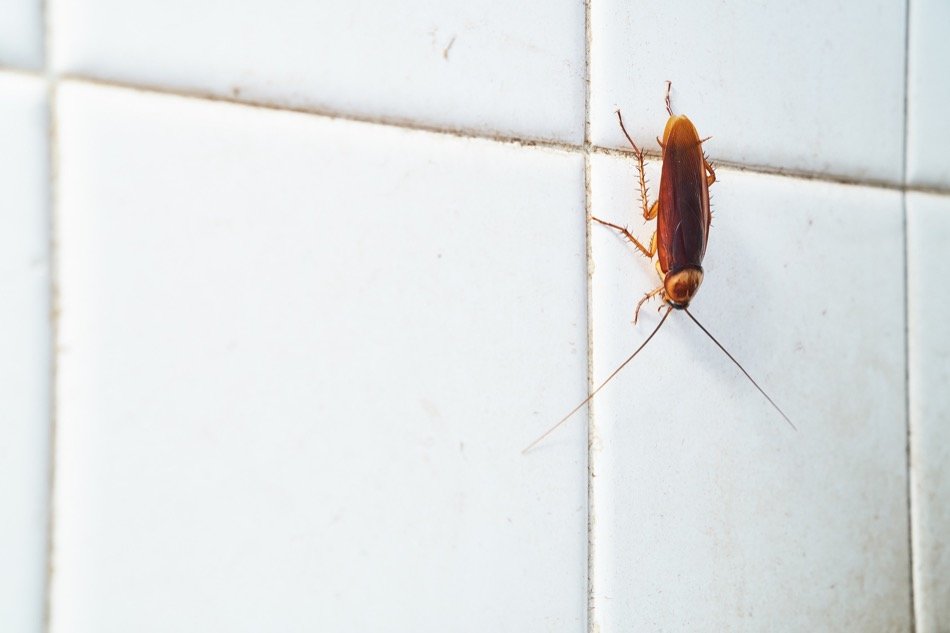How to Remediate a Pest Infestation
Posted by Justin Havre on Thursday, June 20th, 2019 at 9:48am.
 Pests are more than just a nuisance for homeowners—bugs and rodents can actively destroy your property if owners don't notice the problem quickly enough. The best remediation tips will always be proactive ones. And selling a home with pests can be a real challange! Once the pests have taken over the home, an owner may have no other choice but to call a professional. Learn more about what to do both before, during, and after the infestation.
Pests are more than just a nuisance for homeowners—bugs and rodents can actively destroy your property if owners don't notice the problem quickly enough. The best remediation tips will always be proactive ones. And selling a home with pests can be a real challange! Once the pests have taken over the home, an owner may have no other choice but to call a professional. Learn more about what to do both before, during, and after the infestation.
Seal and Clean
Sealing any cracks in the home and cleaning up any stray crumbs are both time-consuming activities, but both can really help an owner fend off a line of marching ants or termites. It's especially helpful for keeping the larger rodents away from the premises. Now is a good time to recaulk the windows or to add a threshold to a door with a wide gap at the bottom. Sometimes pests can travel along satellite or laundry cables that run from the outside in. Sealing those cables off will make it more difficult for the pests to make that journey.
When it comes to cleaning, make sure to tackle clutter first. Whether it's in a junk drawer or a bedroom, a big heap of miscellaneous objects is the perfect place for bugs to breed in. The pests will quickly get used to the clutter going untouched for days at a time. So as difficult as it may be to sort out all the junk, consider the consequences of leaving it alone. Put foods up into the higher cabinets, and store the trash under the sink to limit the scent.
Go Outside
Bugs and rodents are often attracted to homes because of the conditions of its yard:
- Standing water: It's not just mosquitos that spawn in open water. There are plenty of other bugs that will look for any water on the property to make their new home. This includes not just pooling in car tires, but also birdbaths or fountains. Clean up or change out the water whenever possible to limit their numbers.
- Yard clutter: Piles of leaves, old wood piles, or untended bushes are all great places for pests to hide. Mowing the lawn, trimming the trees, and relocating the woodpile farther from the home can all encourage pests to go elsewhere.
- Scent: Pests are constantly using their sense of smell to locate food. Homeowners may want to take food scraps out closer to trash day, so there are fewer critters that congregate near their home. Or put the trash cans farther away from the home to discourage any crossover.
Look and Learn
Pests show their markings early and often. Look for unexplained teeth marks, droppings, or nesting materials. Grease marks on the floors typically indicate rats while discolored wood may spell termites. If there are signs, homeowners need to act immediately. This can include purchasing ultrasonic pest repellents, traditional traps, and insect spray. Look for ways to poison a colony to eliminate the source of the infestation. If buying live traps, consider the fact that animals typically need to be driven fairly far from the property to avoid a return.
When it comes to pest remediation, awareness is one of the most important factors. A Westridge homeowner who does a routine inspection of their property every month is likely to spot anything from a loose floorboard to a bite mark in the corner of the basement. Safety begins with understanding the threats to any property.
